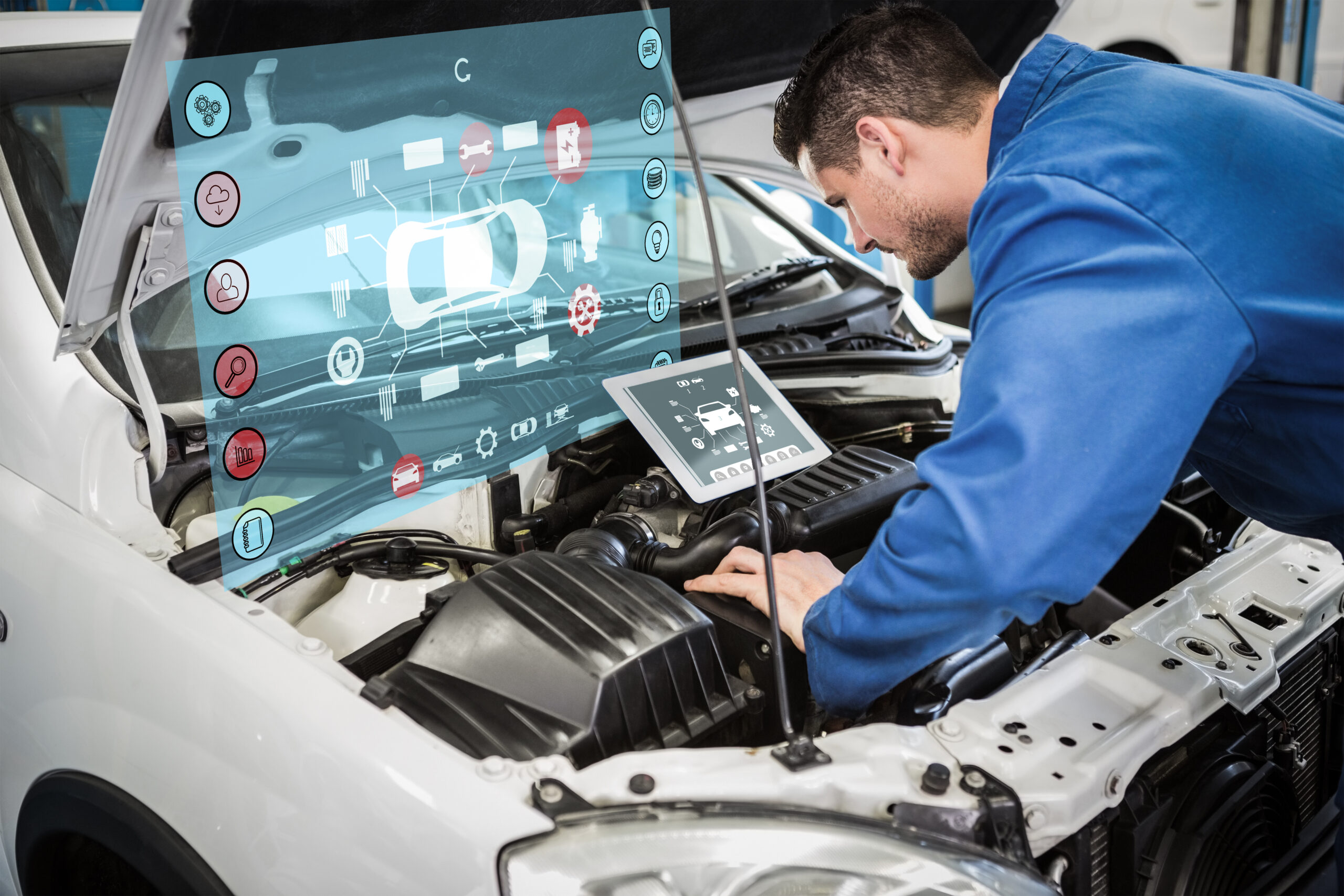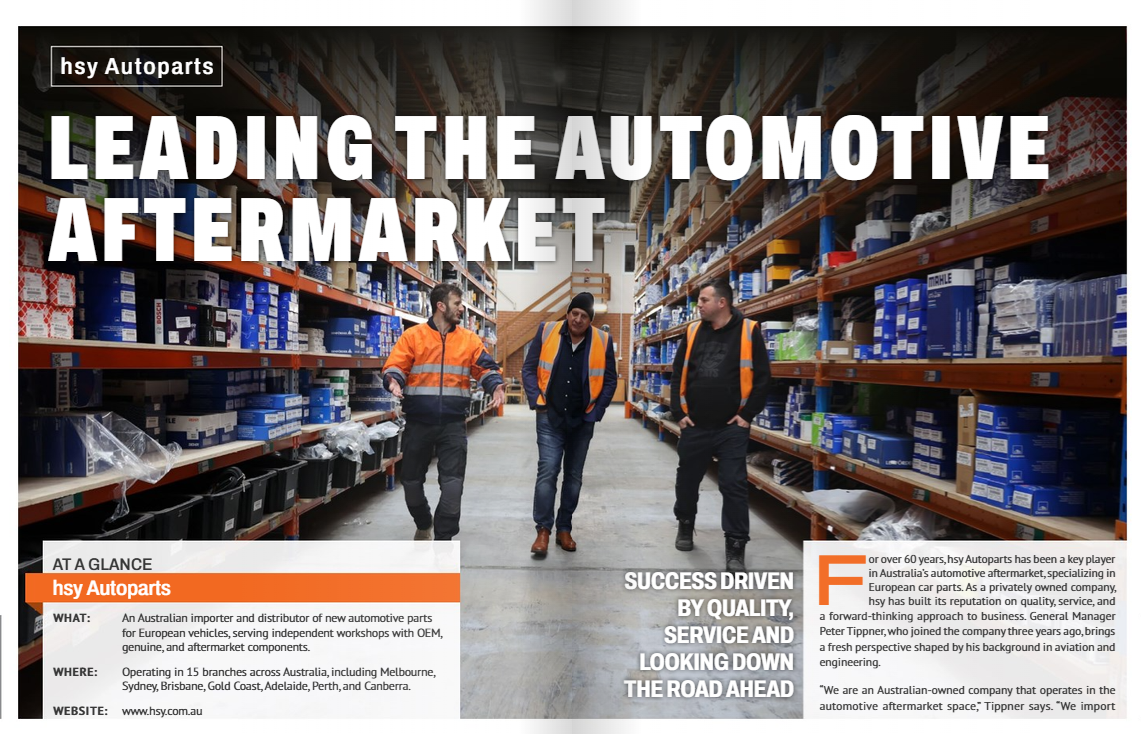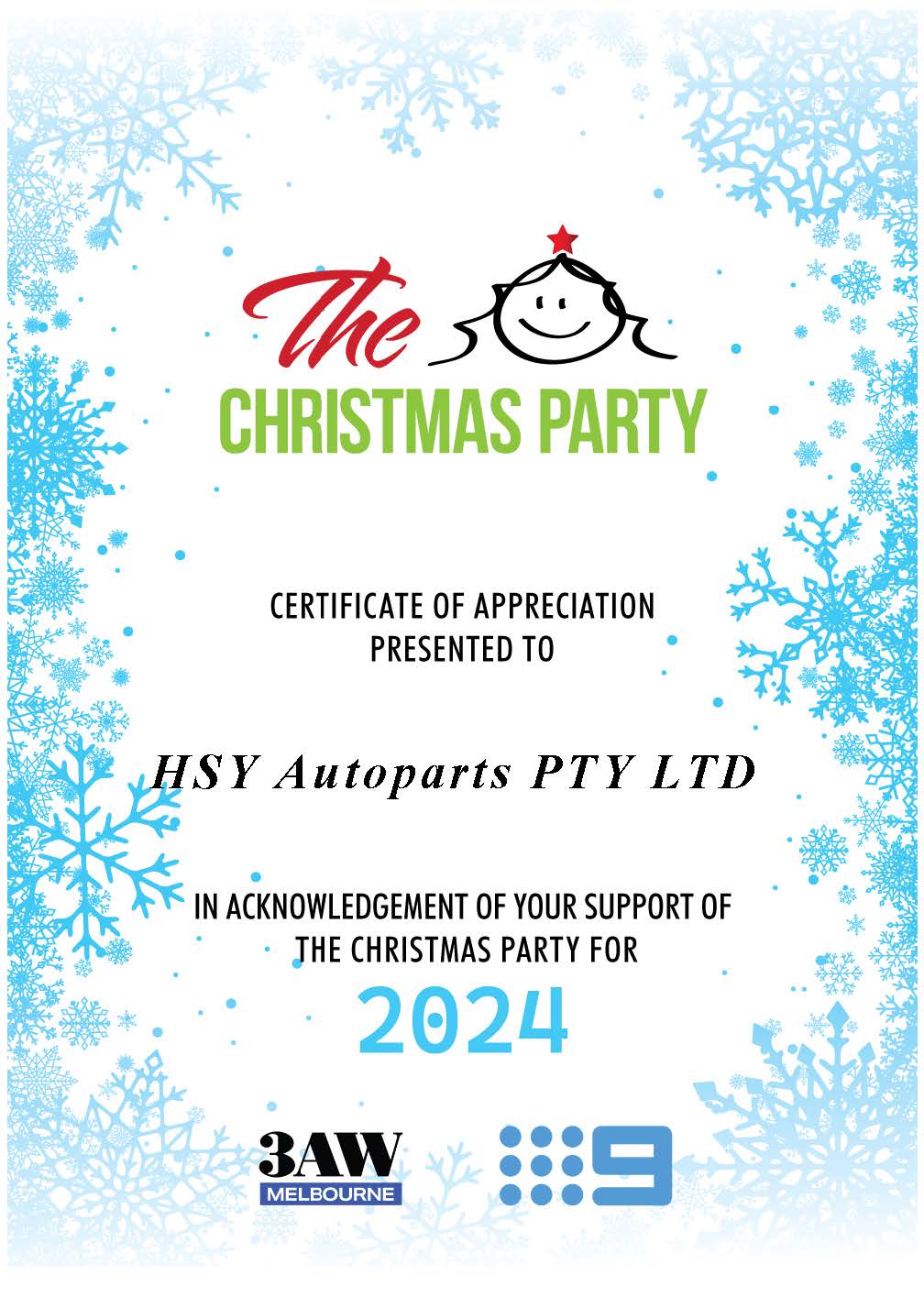Pass through programming is a new concept for a lot of Australian workshops – but in reality, the technology has been around since about 1998 – about 25 years now and aging quite well.
Pass-Thru is using a piece of OE software and either genuine or aftermarket hardware, to deliver a calibration file to an existing, or new control module. If the user has the correct AASRA credentials, it can also perform the security handshake between the new component and the rest of the system.
It can be used to add network connected accessory (tow bar control module) and even program new keys to the immobiliser. Most manufacturers use some sort of pass-thru software and VCI (vehicle communication interface) to perform these tasks.
But is it the best way? Is it cost effective? Is it difficult for an aftermarket workshop to perform?
The technology is reliable if trained personnel are performing the task, quality hardware is used, and the shop has a high-speed internet connection. So yes, yes, and yes.
Is there a better way?
Yes. Let me introduce you to “OTA” programming.
OTA is not new technology either – Volvo, BMW and Tesla have been using it exclusively for several years and aside from the odd hiccup it has been quite successful.
Over-the-air (OTA) programming refers to the ability to download applications, services, and calibration files over a mobile or cell network and is used to automatically update firmware, software, and even encryption keys. Specific OTA categories include:
- Software over-the-air (SOTA)
- Firmware-over-the-air (FOTA)
- Over-the-air service provisioning (OTASP)
- Over-the-air provisioning (OTAP)
- Over-the-air parameter administration (OTAPA)
Once the manufacturer develops a software or firmware update, it is uploaded to a cloud account where it is queued, downloaded, and verified by the target vehicle over a cell or mobile connection. Once verified, the vehicle triggers an alert that prompts the owner to approve or decline the update.
Once approved the system installs the update and then sends diagnostic information from the vehicle system back to the manufacturer.
The rollout of a reliable 4G and now 5G network in Australia, allowed OTA to launch seamlessly into our market. Software over-the-air updates (SOTA) are now quite common with major vehicle manufacturers routinely rolling out SOTA upgrades for infotainment and navigation systems.
SOTA can also update the software controlling a vehicle’s physical components or electronic signal processing systems.
Firmware-over-the-air (FOTA) upgrades have only been implemented by a small number of automotive manufacturers, because FOTA updates demand more bandwidth, faster mobile connections, and higher levels of security.
It’s not just for cars
A popular motorcycle manufacturer “CF Moto” has also adopted OTA programming for one of its newer models. This is an ingenious marketing strategy as it lets the bike owner be a part of the process – giving them the satisfaction of contributing to the “repair”.
The owner downloads a CF Moto App from either apple or google play and then binds their vehicle (using VIN) to the App. The owner can access all sorts of trip data, braking applications and lean angles sent to the phone from the bike.
The App also lets the owner know when a software update is available. The customer just needs to turn the ignition on (not running) and have the bike parked where cell coverage is adequate. The onboard “T-Box” or communication module initiates the download directly to the bike.
Once completed the phone app notifies the owner that the update has completed and just requires a cycle of the ignition to finalise the install. The mobile phone plays no part in the OTA programming other than acting as a line of communication between the manufacturer and owner.
Cost effective
From a manufactures point of view, letting the vehicle update its own software or calibration files saves the expense of a warranty claim through its dealer network. This is also good news for dealers that may only be able to claim 0.2 of an hour’s labour to perform the task using pass-thru (a process that can sometimes take upwards of an hour to complete)
This technology is here, and it works, so you can expect to see it adopted by more manufactures over the next few years.



